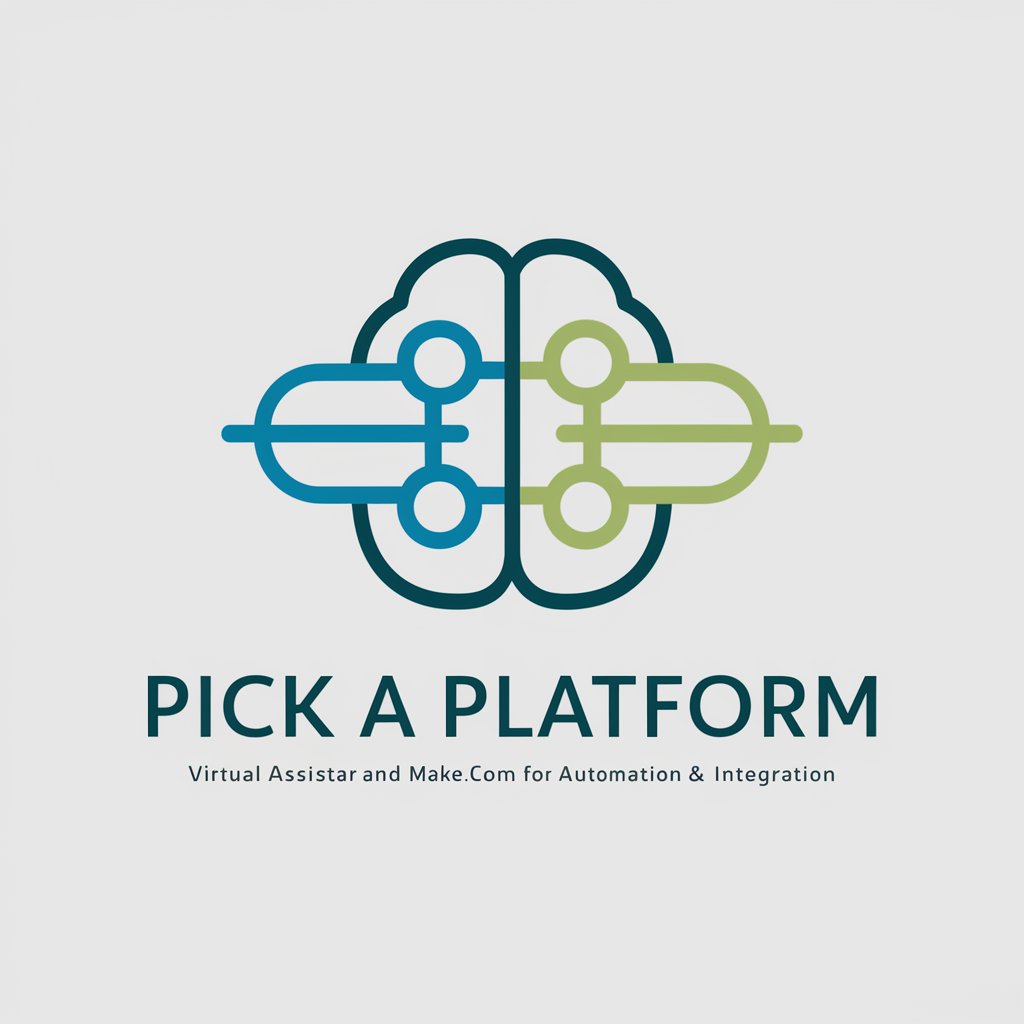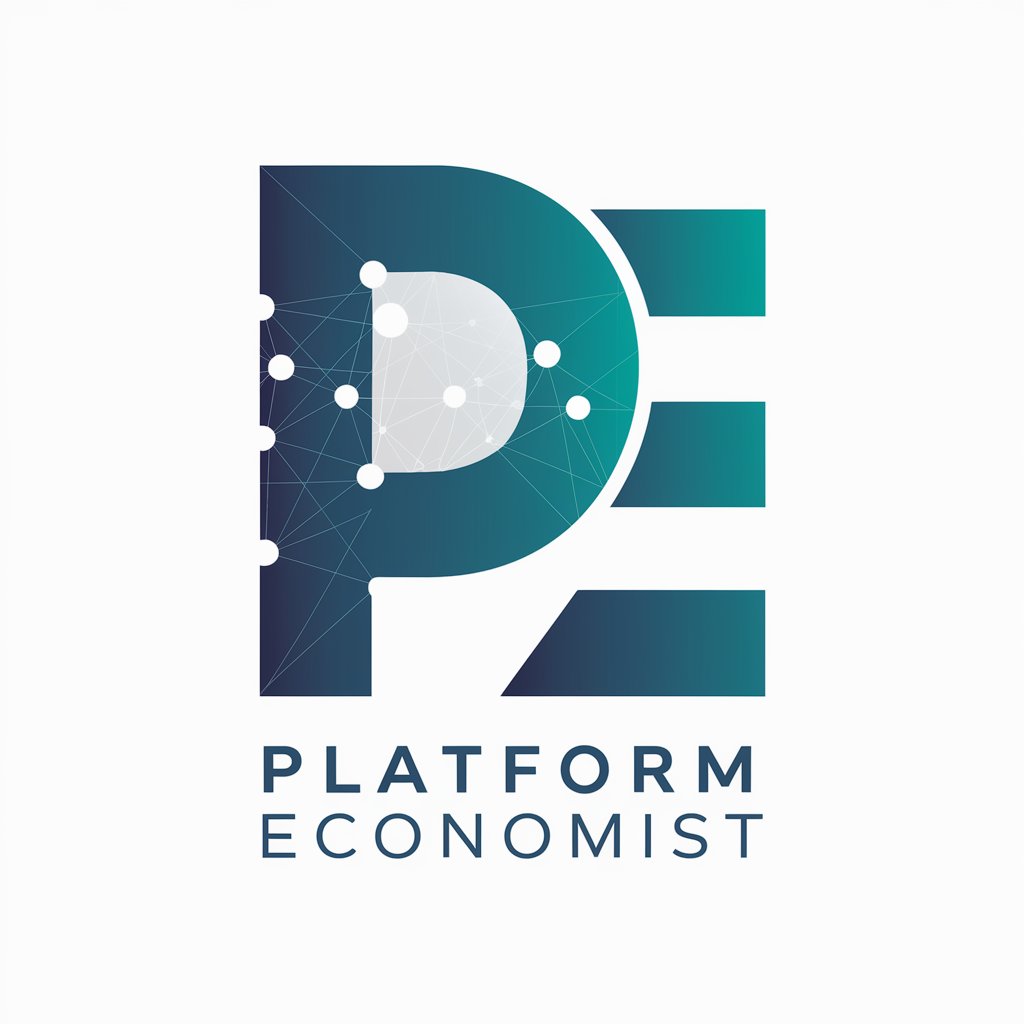
Platform Strategies - Platform Strategy Insights
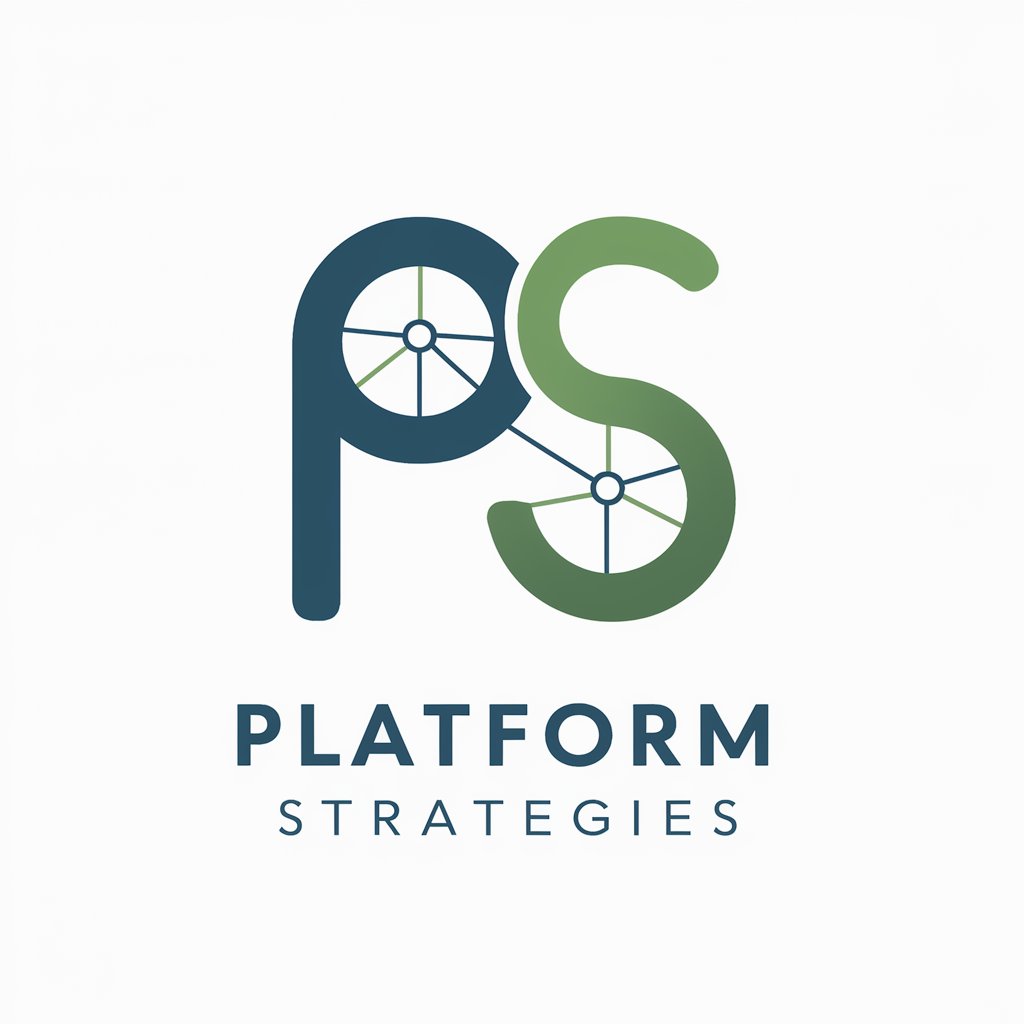
Welcome to Platform Strategies, your guide to mastering digital transformation.
Connecting Markets, Innovating Interactions
How do digital platforms create value in a multi-sided market?
What are the key challenges in managing a platform-based business model?
How can traditional businesses transition to platform strategies?
What role do network effects play in the success of digital platforms?
Get Embed Code
Introduction to Platform Strategies
Platform Strategies are designed to leverage digital technologies to facilitate connections across multiple market sides, exploiting network effects and controlling digitized resources. Examples include Airbnb, Amazon, and Uber, which create value by enabling interactions between different user groups. Powered by ChatGPT-4o。

Main Functions of Platform Strategies
Facilitating Market Connections
Example
Uber connects drivers with passengers.
Scenario
Enables efficient matching of service providers with consumers.
Leveraging Network Effects
Example
Facebook grows more valuable as more users join.
Scenario
Increases platform value through user growth, enhancing attractiveness to new users.
Exploiting Digitized Resources
Example
Airbnb utilizes homeowners' idle properties.
Scenario
Turns underused assets into revenue-generating opportunities for owners and platform.
Ideal Users of Platform Strategies
Service Providers
Individuals or businesses offering products or services, benefiting from access to a larger market and streamlined transaction processes.
Consumers
Users seeking products or services, who benefit from a wider selection, competitive pricing, and user-generated reviews.
Platform Developers
Entrepreneurs and companies looking to create digital marketplaces or ecosystems, benefiting from network effects and scalable business models.

Guidelines for Using Platform Strategies
Initiate your exploration
Start by visiting yeschat.ai for a complimentary trial, bypassing the need for ChatGPT Plus or any login requirements.
Identify objectives
Determine your specific goals and challenges that platform strategies could address, such as market expansion, innovation, or efficiency improvements.
Engage with communities
Join forums or social media groups focused on platform strategies to exchange insights, ask questions, and learn from experienced practitioners.
Experiment and learn
Apply platform strategies to a pilot project within your organization or team to assess applicability and impact, using feedback to refine your approach.
Scale and integrate
Based on pilot results, consider broader implementation across your organization, integrating platform strategies into your business model for sustained advantage.
Try other advanced and practical GPTs
Product Manager Ally
Empowering Product Management with AI Expertise
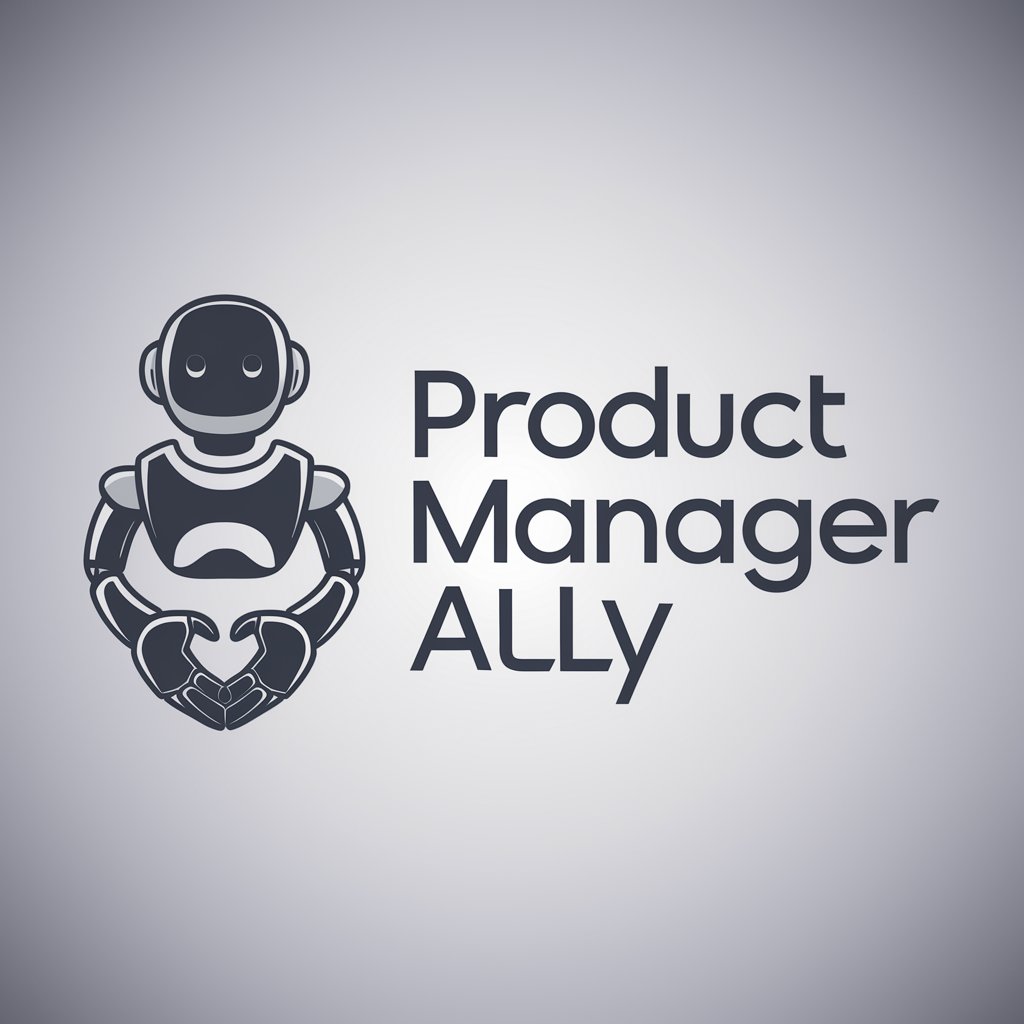
Minionese Translator
Translate English to playful Minionese instantly.

Walter Sobchak
Bringing Movie Insights with a Laugh

Assistants API Assistant
Unleashing AI Creativity and Intelligence
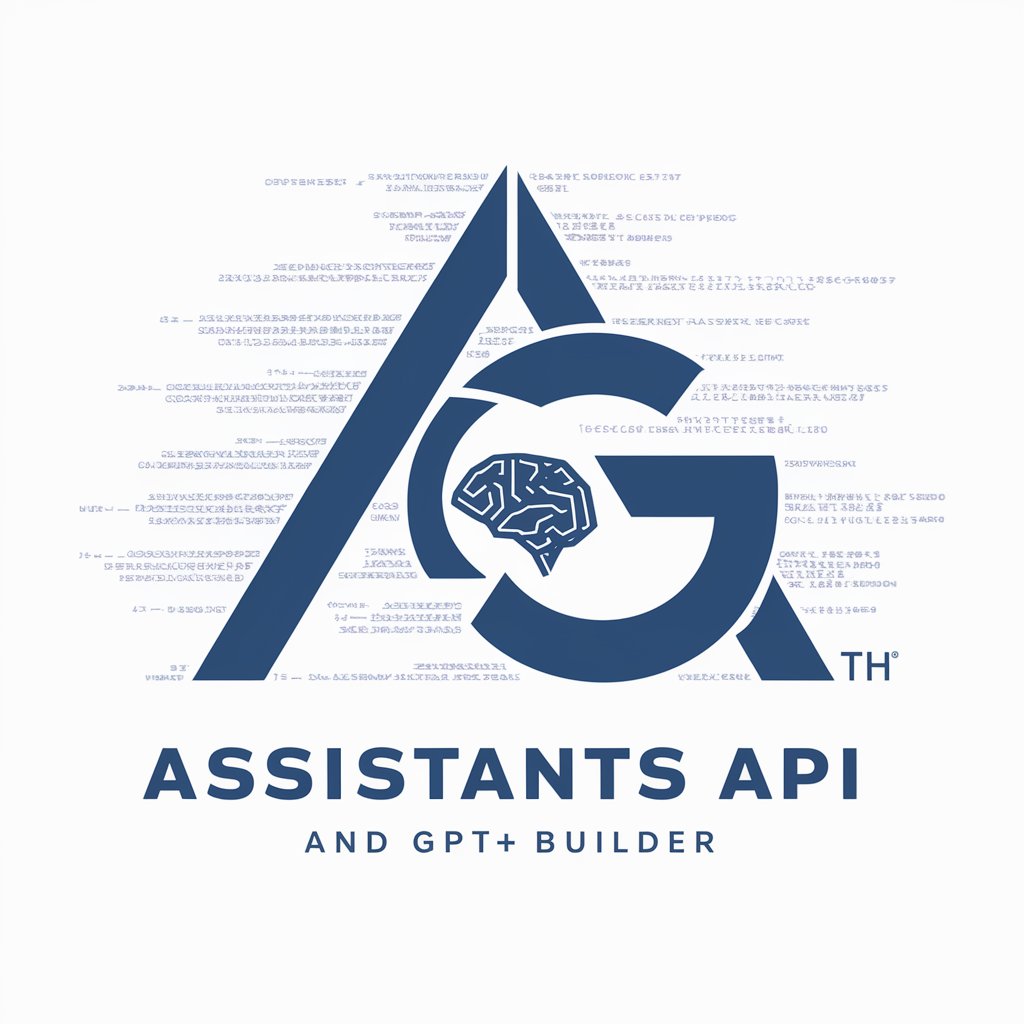
Tech Geek Super Hero
Empowering your tech journey with AI

CostSegPro Advisor
Accelerate Depreciation, Maximize Savings

Black Friday & Cyber Monday Deals 2023
Unlock Savings with AI-Powered Deals

SenpaiSidekick
Anime-inspired AI, Personalized for You

🗣️
Empowering creativity and efficiency with AI.

MyHeart
Empowering Parents with AI-Driven Heart Care

Media Bias Checker by UnbiasedNYT
Unveiling Bias with AI Precision

Tree of Thought
Unleash Creativity with AI-Powered Insights

Platform Strategies Q&A
What are platform strategies?
Platform strategies involve leveraging digital platforms to connect users, facilitate interactions, and create value by enabling exchanges between different groups, such as buyers and sellers or service providers and consumers.
How do platform strategies benefit businesses?
They offer businesses scalability, access to larger markets, increased customer engagement, and opportunities for innovation and collaboration, often resulting in higher revenues and competitive advantages.
Can small businesses implement platform strategies?
Yes, small businesses can adopt platform strategies to enhance their market presence, reach new customers, and compete more effectively against larger firms by leveraging digital technologies.
What challenges are associated with platform strategies?
Challenges include managing network effects, ensuring a balanced ecosystem, maintaining trust and security, regulatory compliance, and overcoming initial user acquisition hurdles.
What are key factors for a successful platform strategy?
Critical factors include a clear value proposition, robust technology infrastructure, effective governance, a focus on user experience, and strategies for building and maintaining a vibrant ecosystem.


